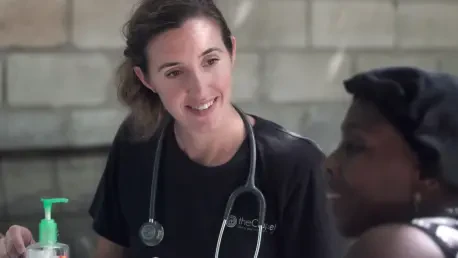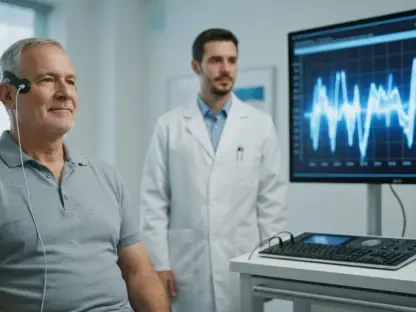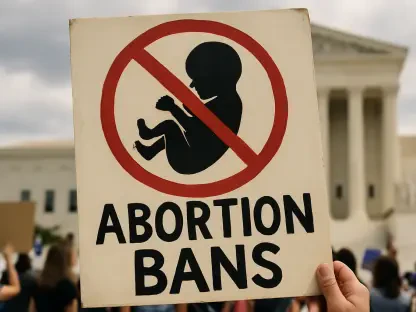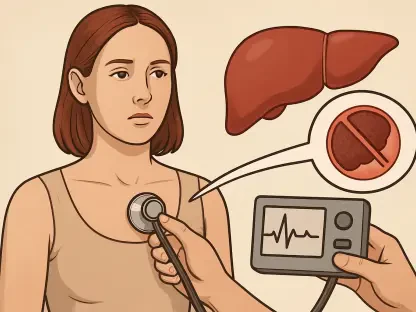In a bold move to revolutionize the landscape of healthcare administration, the U.S. Department of Health and Human Services (HHS) has introduced the innovative “10-to-1” rule, signaling a significant shift in regulatory strategies. The initiative targets the reduction of bureaucratic obstacles that traditionally detract from the efficient delivery of healthcare services. This approach stems from President Donald J. Trump’s Executive Order 14192, termed “Unleashing Prosperity Through Deregulation,” aiming to diminish red tape and enhance the flexibility of healthcare providers, allowing them to allocate more resources towards patient care. By enforcing a measure wherein at least ten existing regulations are repealed for each new regulation proposed, HHS strives to simplify the regulatory framework currently burdening healthcare providers. The initiative promises potential reductions in compliance costs, thus ensuring that healthcare sectors can focus on innovation and service improvement rather than navigating complex administrative hurdles.
Empowering Providers through Regulatory Overhaul
Underpinning this initiative is a comprehensive strategy to empower healthcare providers by easing regulatory constraints. The “10-to-1” rule encourages efficiency within federal agencies by minimizing forced compliance with redundant directives that detract from the core mission of healthcare delivery. Relevant legislation, guidance documents, and policy statements are all subjects of this bold attempt to overhaul outdated regulatory structures. Robert F. Kennedy, Jr., the HHS Secretary, stated that the initiative’s benefits are particularly geared towards enhancing healthcare service delivery by reducing the bureaucratic inflexibility that caregivers face. These intended outcomes are not just theoretical but are designed to be practical improvements, fostering environments where healthcare professionals can offer better patient care without the distraction of cumbersome administrative requirements.
Additionally, the initiative incorporates a Regulatory Cost Cap that ensures a tangible net decrease in regulatory burden by the current fiscal year. This measure keeps federal efforts accountable through publicly accessible annual reports, thus maintaining transparency in regulatory processes. Marty Makary, M.D., M.P.H., Commissioner of the U.S. Food and Drug Administration (FDA), underscores the initiative’s objectives, focusing keenly on diminishing costs and broadening access to healthcare innovations. These efforts aim to grant healthcare professionals more time for direct patient interaction, fostering more personalized and attentive healthcare services while reducing bureaucratic overhead.
Balancing Reform and Quality Assurance
Executive Order 14192 demonstrates a sweeping commitment by the administration to streamline administrative diligence across diverse public sectors such as Medicare and financial services. The focus remains on increased efficiency, lessened operational impediments, and heightened healthcare process effectiveness. It cleanly delineates the administration’s goal of lessening unnecessary regulatory burdens, fostering environments ripe for innovation and economic progress. The initiative extends beyond healthcare, enveloping broader regulatory landscapes and manifesting a cohesive drive towards universal deregulation. However, the onus is on HHS and FDA to ensure such reforms do not compromise essential public safety standards that protect patients and uphold quality assurance.
Engagement with key industry leaders, advocacy groups, and public entities is solicited through a newly launched Request for Information (RFI). This platform promotes regulatory discussions that inform future policy decisions. By soliciting input from diverse stakeholders, the HHS hopes to create a system that balances reform-driven policies alongside the needs of vulnerable populations reliant on existing safeguards. As the process unfolds, the efficacy and practical implications of this initiative on healthcare provision remain a focal point of interest and concern.
Paving the Future of Healthcare Regulation
In an audacious move to transform healthcare administration, the U.S. Department of Health and Human Services (HHS) has introduced the “10-to-1” rule, marking a pivotal shift in regulatory strategies. This initiative seeks to cut down bureaucratic barriers that impede efficient healthcare service delivery. The idea originates from President Donald J. Trump’s Executive Order 14192, “Unleashing Prosperity Through Deregulation,” intended to reduce red tape while increasing healthcare providers’ adaptability to focus more on patient care. The rule dictates that for every new regulation, at least ten existing ones must be abolished, aiming to streamline the regulatory framework that often burdens healthcare professionals. The program promises to lower compliance costs, setting the stage for healthcare sectors to prioritize innovation and service enhancement rather than getting bogged down by intricate administrative procedures. Thus, HHS hopes to pave the way for a more effective and responsive healthcare system.









